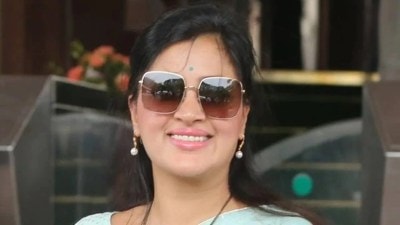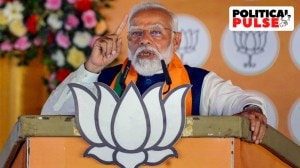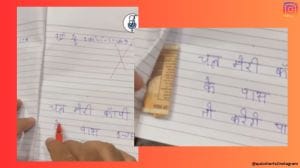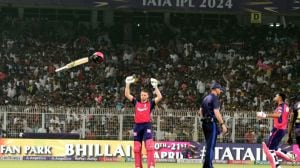- India
- International
Socio Economic Caste Census: In villages, one in three households in poverty; over a fifth SC/STs
Information was collected on a range of parameters at the individual and household levels like occupation, education, disability, religion, SC/ST status and employment.
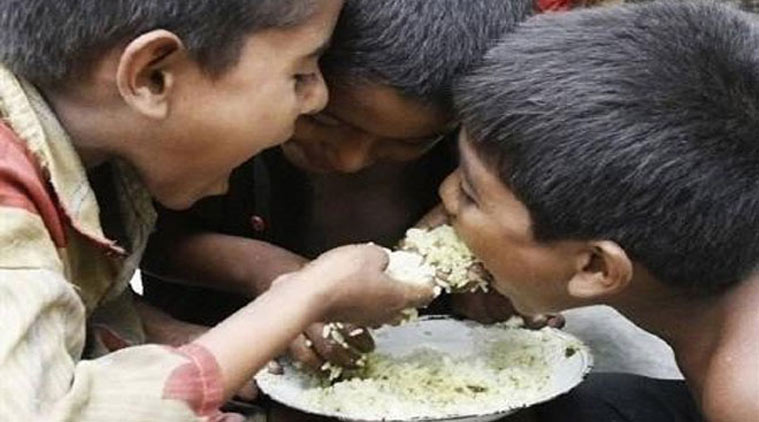 The findings of the census are similar to that of the Rangarajan committee, set up by the UPA government in 2012, that had found that stated that those spending less than Rs 32 per day in rural areas would be considered poor.
The findings of the census are similar to that of the Rangarajan committee, set up by the UPA government in 2012, that had found that stated that those spending less than Rs 32 per day in rural areas would be considered poor.
Nearly one in every three rural households still have an uncertain source of income and continue to live in one-room kutcha houses, according to the findings of the first national Socio Economic Caste Census (SECC).
Officials told The Indian Express that these households — 31.26 per cent of the 17.91 crore rural households covered by the census — will now be considered as ‘poor’, and eligible for benefits applicable to Below Poverty Line (BPL) families. Of the rural households covered, 21.53 per cent belonged to scheduled castes and tribes, they added.
[related-post]
“It is assumed that households in which the main earner has an uncertain income source and who live in kutcha houses will be BPL; thus 31.26 percent has been officially pegged as the outer limit of poor in rural areas,” a ministry official said.
The figures examined by The Indian Express are based on data compiled till 2013 for the census that was launched in June 2011 to identify households below the poverty line and ensure better targeting of government schemes.
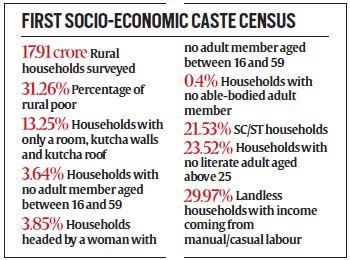 The SECC, which takes caste into account for the first time in any such exercise since 1931, covered 24.39 crore households across income lines nationally.
The SECC, which takes caste into account for the first time in any such exercise since 1931, covered 24.39 crore households across income lines nationally.

In terms of state-wise data for households whose main earner’s income is less than Rs 5,000 a month and live in one-room kutcha houses, Madhya Pradesh has emerged the poorest with 24 per cent of rural households identified as “poor”, followed by Chhattisgarh at 21 per cent and Bihar at 19 per cent.
Ministry officials said the credibility of the census lay in the fact that there were adequate checks and balances, including publication of draft reports and public scrutiny at the gram sabha level.
Sources associated with the exercise said 1.1 crore households raised objections to the draft findings and were traced back to re-check the data, indicating the level of rigour.
Data from a very small number of districts is yet to come in but will not make any substantive difference to the findings, they said, adding that the entire exercise was conducted on handheld devices.
For data on rural households, the census was distributed across three categories: those that have to be compulsorily excluded; those that have to be compulsorily included; and those that fall in-between – they were then ranked based on seven deprivation criteria (see table).
Information was collected on a range of parameters at the individual and household levels like occupation, education, disability, religion, SC/ST status, name of caste/tribe, employment, income and source of income, assets, housing, possession of consumer durables and non durables and land owned.
Those that were automatically included were households without shelter, destitute living on alms, manual scavengers, primitive tribal groups and legally released bonded labourers. This figure has been pegged at less than 1 per cent.
The automatically excluded category included 39.4 per cent of the total rural population and included households with any of the following: motorised vehicles, mechanised agricultural equipment, Kisan credit card with credit limit of Rs 50,000 and above.
They also included households with any member as a government employee, with non-agricultural enterprises registered with the government, any family member earning more than Rs 10,000 a month, those paying income/professional tax, living in houses with three or more rooms with all having pucca walls and roof, owning a refrigerator, landline phone, possessing irrigated land, etc.
The findings of the census are similar to that of the Rangarajan committee, a technical expert group set up by the UPA government in 2012. The panel had found that the percentage of people below the poverty line in 2011-12 was 30.95 in rural areas and 26.4 in urban areas.
The Rangarajan report stated that those spending less than Rs 32 per day in rural areas would be considered poor.
This was in contrast to the Tendulkar committee which pegged the percentage of people below the poverty line in rural areas at 25.7 per cent and urban areas at 13.7 per cent. Based on its findings, the panel had pegged the poverty line at Rs 27 a day for rural India, which led to much criticism.
Apr 16: Latest News
- 01
- 02
- 03
- 04
- 05











